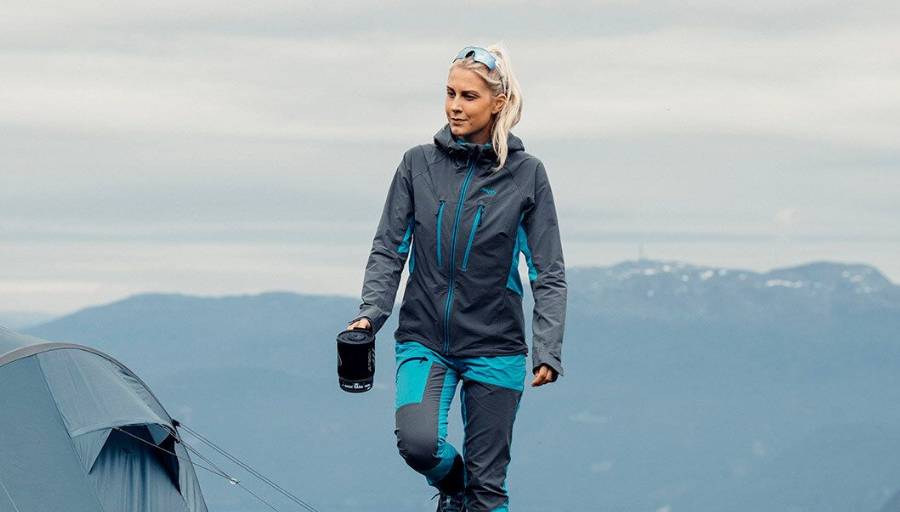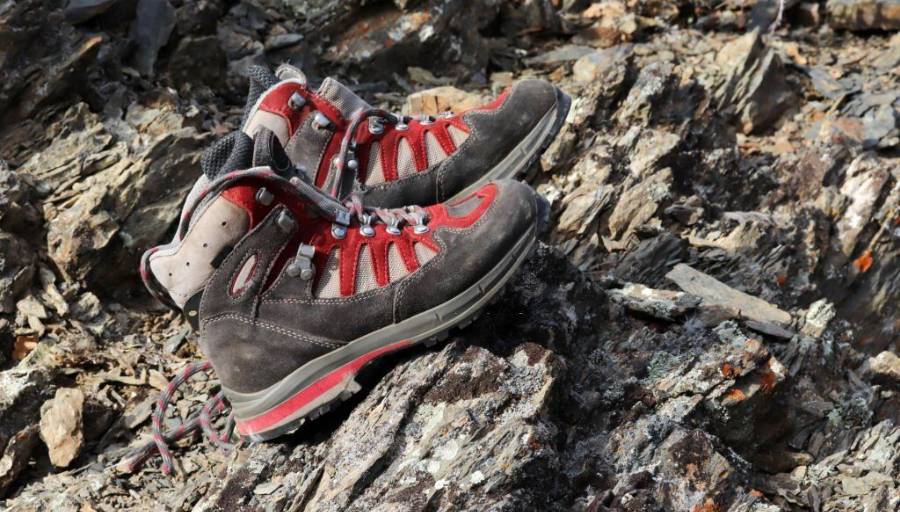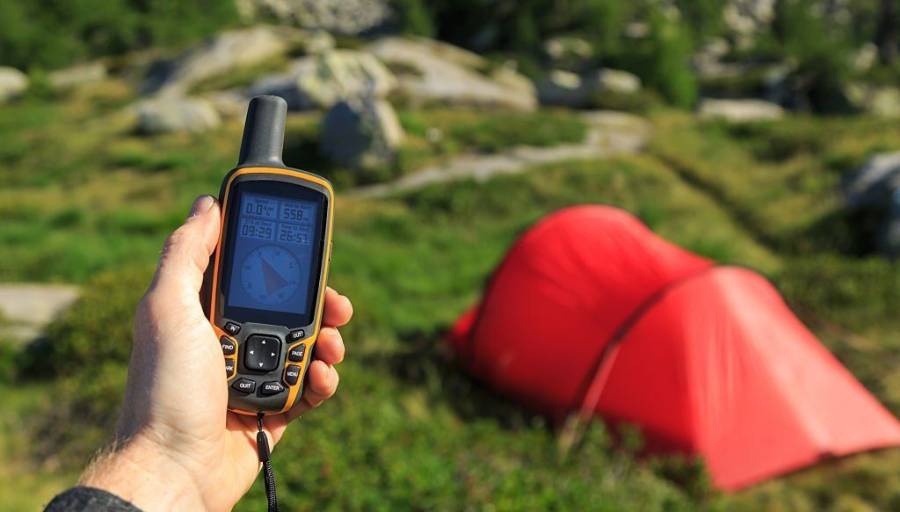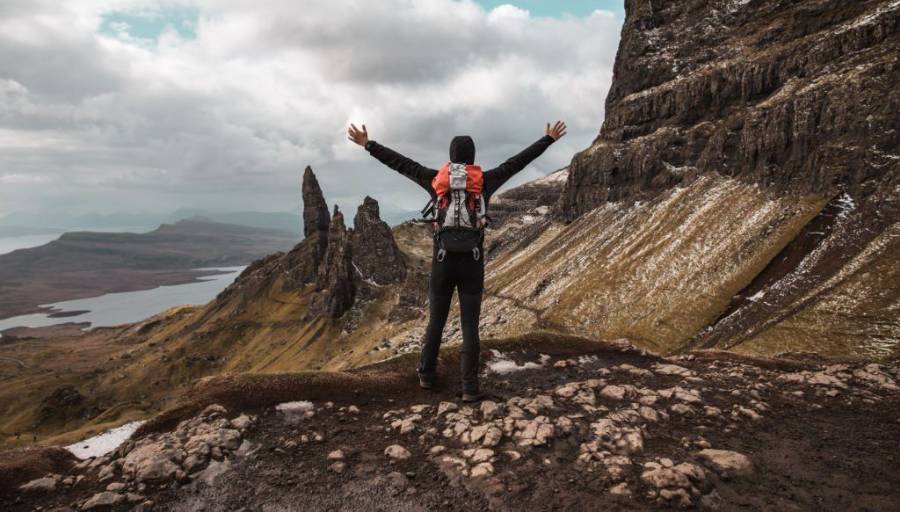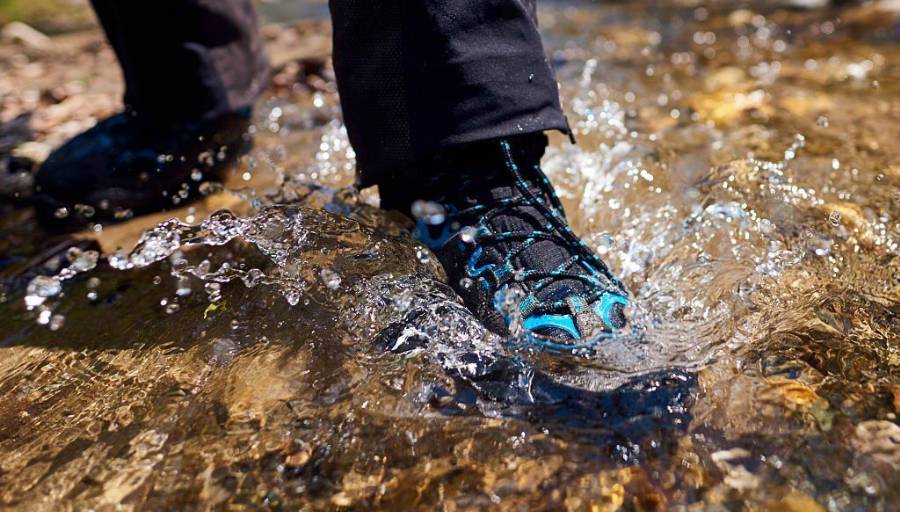How long do hiking boots last?
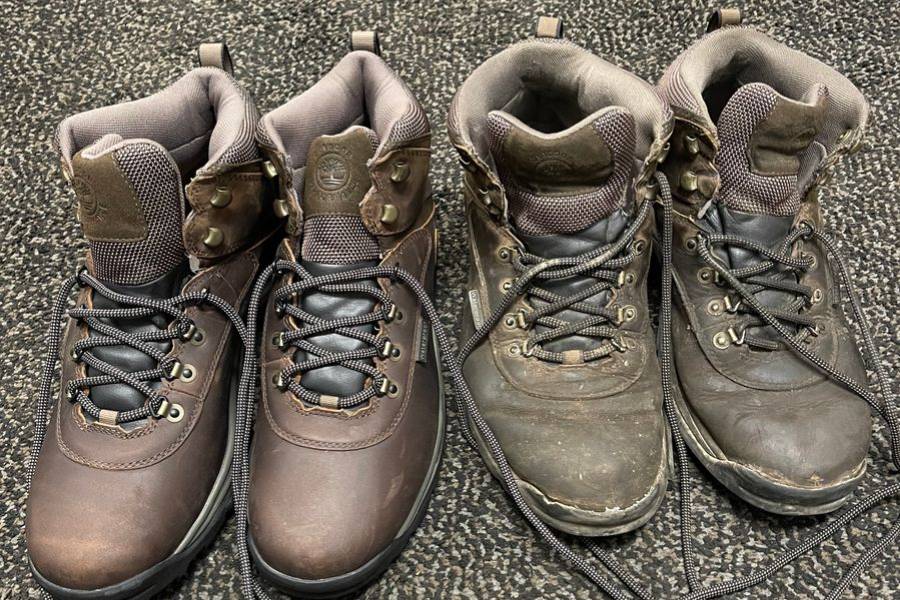
Hiking boots are essential footwear for outdoor enthusiasts, providing comfort, support, and protection during hiking adventures. When investing in a pair of hiking boots, it’s natural to wonder how long they will last before needing to be replaced.
While the lifespan of hiking boots can vary depending on several factors, in this article, we’ll explore the factors that influence their durability and provide an estimate of their average lifespan. Keep in mind that these estimates are approximate and can vary based on different usage, maintenance, and the quality of the boots themselves.
Types of Hiking Boots and Their Lifespans
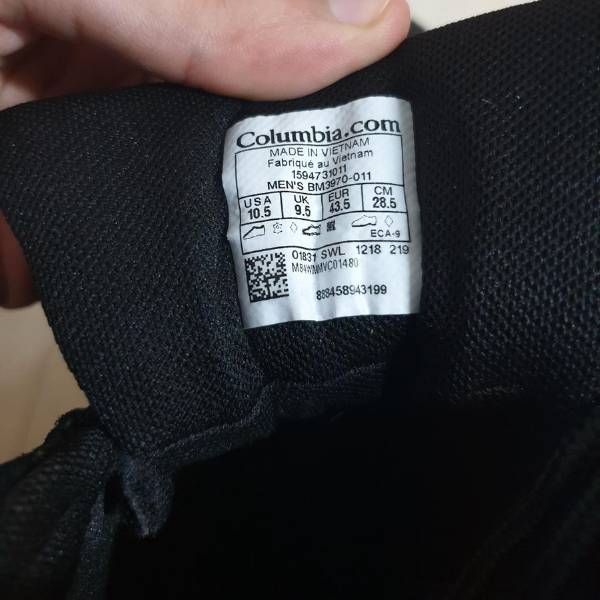
There are different types of hiking boots available, and their lifespan can vary based on their design, construction, and materials used. Here are some common types and a general idea of their average lifespan:
- Lightweight Hiking Shoes: Lightweight hiking shoes are low-cut and more flexible compared to traditional boots. They are ideal for day hikes on less rugged terrain. Due to their lighter construction, these shoes may have a shorter lifespan, typically ranging from 500 to 1,000 miles of use.
- Midweight Hiking Boots: Midweight boots provide more ankle support and durability compared to lightweight shoes. They are suitable for moderate hiking and backpacking trips. These boots often have a lifespan ranging from 750 to 1,500 miles, depending on the quality of construction and materials.
- Heavy-Duty Backpacking Boots: Heavy-duty backpacking boots are designed for extended backpacking trips and rugged terrains. They offer excellent support and protection for long-distance hikes with a heavy pack. These boots are built to last, and with proper care, they can typically endure 1,000 to 2,000 miles of use.
What Factors Determine The Lifespan Of Your Hiking Boots?
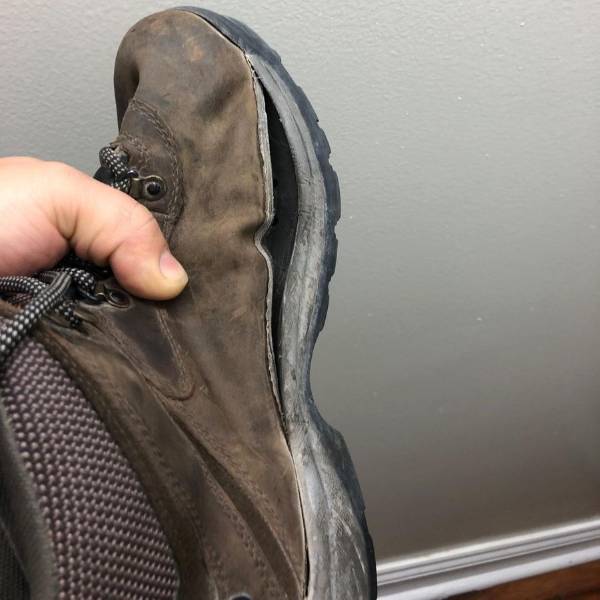
Here are some key factors that influence the lifespan of hiking boots:
Material Quality
The quality of materials used in the construction significantly affects their durability. High-quality boots made from durable materials like full-grain leather or synthetic fabrics tend to last longer than those made from lower-quality materials.
Construction
The construction technique used in making hiking boots can impact their lifespan. Boots with robust stitching, reinforced toe caps, and well-glued outsoles are more durable and able to withstand the rigors of hiking over extended periods.
Frequency and Intensity of Use
How often and how rigorously you use your hiking boots will influence their lifespan. If you frequently engage in challenging hikes, rough terrains, or long backpacking trips, your boots experience more wear and tear compared to occasional leisurely hikes.
Terrain and Conditions
The type of terrain you hike on and the environmental conditions you encounter can affect the lifespan of your boots. Rough, rocky terrains or wet and muddy conditions can subject your boots to greater stress and increase the likelihood of damage.
Maintenance and Care
Proper maintenance and care can significantly extend the lifespan of your hiking boots. Regularly cleaning your boots, treating them with waterproofing agents, and ensuring they are adequately dried after each use can help prevent deterioration and prolong their lifespan.
Fit and Comfort
Boots that fit properly and provide optimal comfort are more likely to last longer. Ill-fitting boots can lead to discomfort, blisters, and increased wear on specific areas, potentially reducing their lifespan.
Personal Use and Footwear Habits
Each person’s walking style, gait, and personal habits can impact the lifespan of their boots. Some people put more stress on specific areas of the boots due to their walking patterns, potentially leading to faster wear in those areas.
FAQs
Can hiking boots last longer with proper care?
Yes, proper care and maintenance can extend the lifespan of hiking boots. Regularly cleaning them, treating them with waterproofing agents, and allowing them to dry properly after use can help prevent deterioration and increase their longevity.
What are signs that hiking boots need to be replaced?
Several signs indicate that it may be time to replace your hiking boots. These include noticeable wear on the outsole, loss of cushioning or support, significant damage to the upper or sole, persistent discomfort or pain while hiking, or failure to provide adequate traction.
How can I make my hiking boots last longer?
To make your hiking boots last longer, follow these tips:
- Clean them after each hike to remove dirt and debris.
- Apply waterproofing treatments regularly to protect them from moisture.
- Store them in a cool, dry place away from direct sunlight.
- Rotate between multiple pairs of boots to distribute wear.
- Replace worn-out insoles to maintain cushioning and support.
- Get your boots professionally resoled if the outsoles wear down significantly.
Are expensive hiking boots more durable?
Generally, more expensive boots tend to be made from higher-quality materials and have better construction, making them more durable. However, it’s important to consider other factors such as fit, comfort, and intended use when choosing hiking boots, as durability can vary across different brands and models.
Can I resole my hiking boots to extend their lifespan?
Depending on the construction of your shoes, it is possible to have them resoled by a professional cobbler. Resoling can extend the lifespan of your boots by replacing the worn-out outsoles. However, not all hiking boots are resoleable, so it’s essential to check with the manufacturer or a knowledgeable professional before pursuing this option.
Conclusion
As you have seen, the lifespan of hiking boots can vary depending on multiple factors, including construction quality, materials used, frequency and intensity of use, terrain, maintenance, and individual habits. On average, well-maintained boots can last between 500 to 1,500 miles of use. Lightweight hiking shoes last around 6 months to 1 year, midweight boots can last 1 to 3 years, and heavy-duty backpacking boots can endure 2 to 5 years or more. Proper care and maintenance, such as regular cleaning, waterproofing, and adequate drying, can help extend the lifespan.

